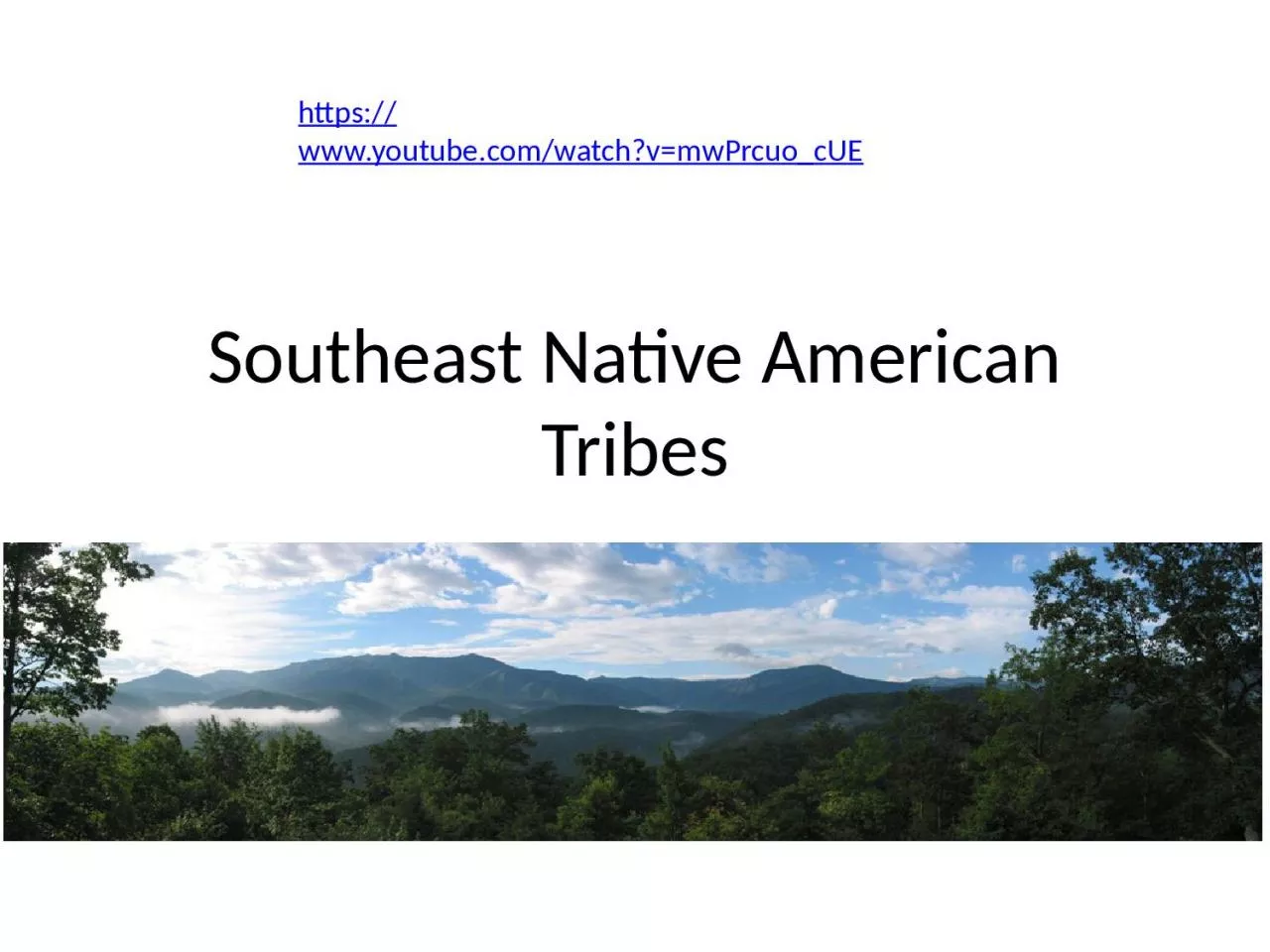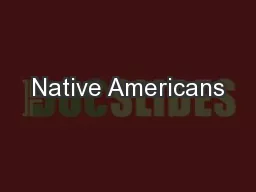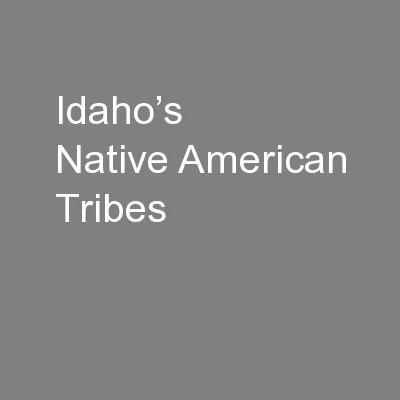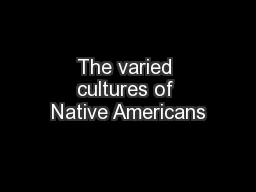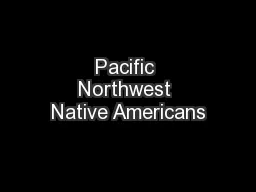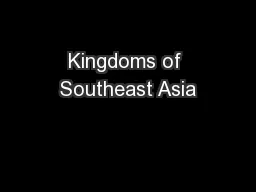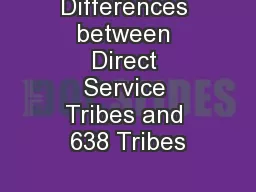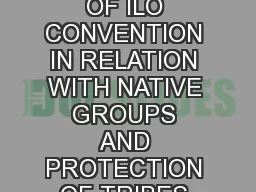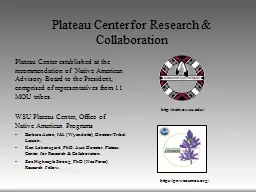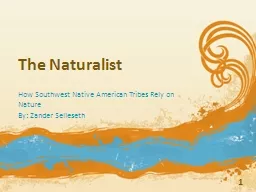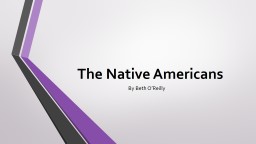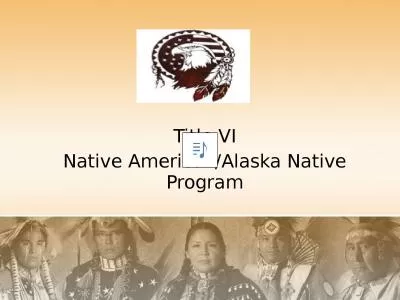PPT-Southeast Native American Tribes
Author : kimberly | Published Date : 2023-09-19
https wwwyoutubecomwatchvmwPrcuocUE Cherokees Iroquoian speakers recorded oral tradition told of the tribe having migrated south in ancient times from the Great
Presentation Embed Code
Download Presentation
Download Presentation The PPT/PDF document "Southeast Native American Tribes" is the property of its rightful owner. Permission is granted to download and print the materials on this website for personal, non-commercial use only, and to display it on your personal computer provided you do not modify the materials and that you retain all copyright notices contained in the materials. By downloading content from our website, you accept the terms of this agreement.
Southeast Native American Tribes: Transcript
Download Rules Of Document
"Southeast Native American Tribes"The content belongs to its owner. You may download and print it for personal use, without modification, and keep all copyright notices. By downloading, you agree to these terms.
Related Documents

